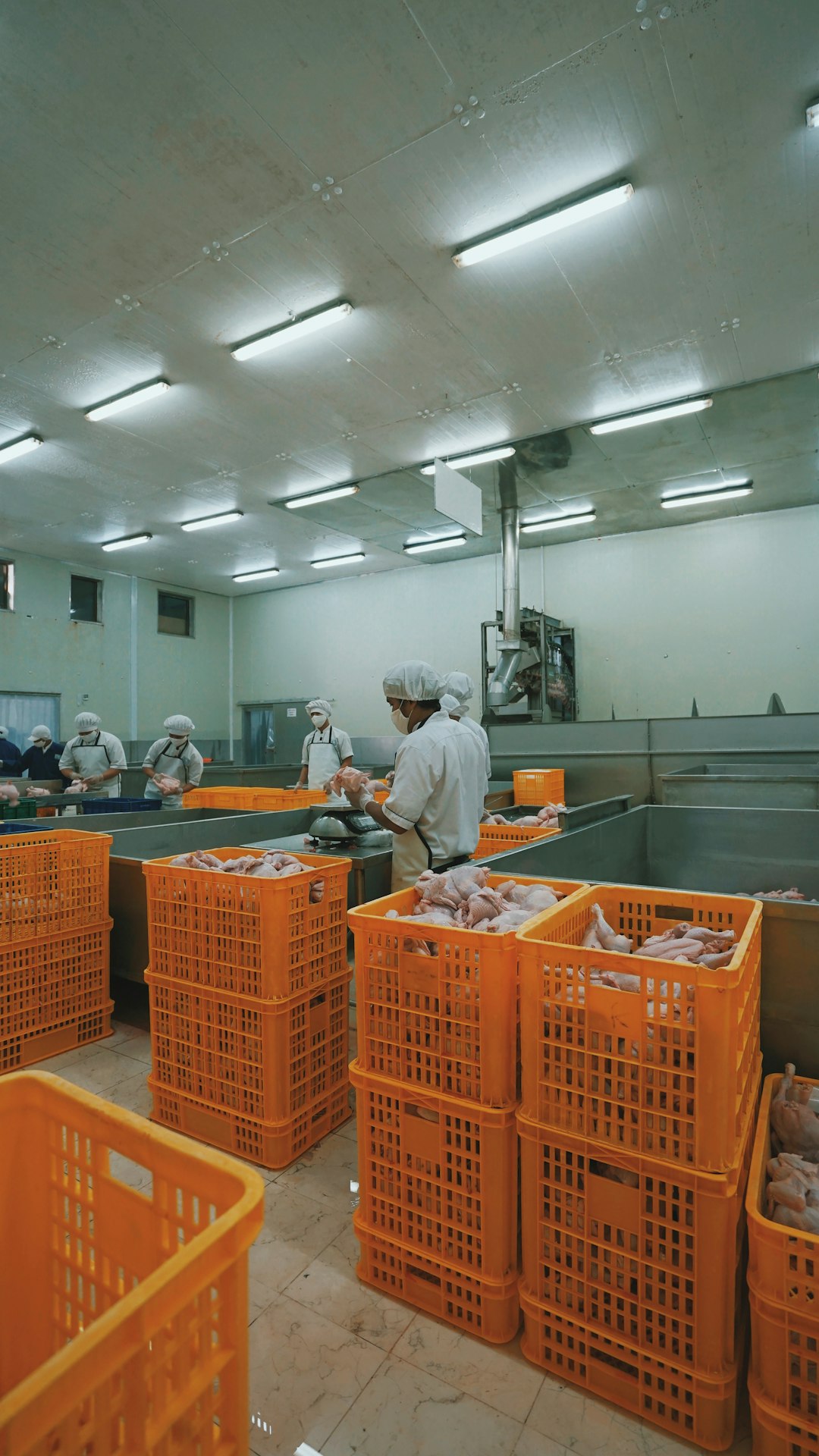Manufacturing is a crucial industry that drives economic growth and provides millions of jobs worldwide. However, it is also a sector that comes with numerous safety hazards and risks for workers. In order to ensure the well-being of employees and create a safe working environment, it is essential for manufacturers to prioritize worker safety. Here are some tips for improving worker safety in manufacturing:
1. Regular safety training
One of the most important steps in ensuring worker safety in manufacturing is providing regular safety training for employees. Training should cover topics such as proper handling of equipment, identifying potential hazards, emergency procedures, and the proper use of personal protective equipment (PPE). Conducting regular safety drills can also help workers be prepared for emergencies and respond quickly and effectively when needed.
2. Implement safety protocols
Developing and implementing safety protocols is essential for minimizing the risk of accidents and injuries in manufacturing facilities. These protocols should outline safe work practices, procedures for handling hazardous materials, and guidelines for using equipment and machinery. Regularly reviewing and updating safety protocols is crucial to ensure they remain relevant and effective in preventing accidents.
3. Provide adequate PPE
Personal protective equipment (PPE) is designed to protect workers from workplace hazards and should be provided to all employees in manufacturing facilities. This includes items such as safety goggles, hard hats, gloves, ear protection, and respiratory masks. Ensuring that workers are trained on how to correctly use and maintain their PPE is essential for maximizing its effectiveness in preventing injuries.
4. Conduct regular equipment maintenance
Malfunctioning equipment poses a significant risk to worker safety in manufacturing facilities. Regularly inspecting and maintaining machinery and equipment can help prevent accidents caused by equipment failure. Implementing a preventative maintenance program can help identify potential issues before they escalate into serious safety hazards.
5. Encourage open communication
Creating a culture of open communication between management and employees is crucial for identifying safety hazards and addressing them promptly. Encouraging workers to report safety concerns and near misses without fear of reprisal helps create a safer working environment. Establishing regular safety meetings and encouraging workers to actively participate in safety discussions can also help improve worker safety in manufacturing facilities.
6. Provide ergonomic workstations
Repetitive motion injuries are common in manufacturing due to the physical demands of the job. Providing ergonomic workstations can help reduce the risk of musculoskeletal injuries and improve worker comfort and productivity. Adjustable work benches, anti-fatigue mats, and ergonomic seating can help create a more comfortable and safe working environment for employees.
7. Promote a culture of safety
Creating a culture of safety is essential for improving worker safety in manufacturing. This involves promoting safety as a core value within the organization and emphasizing the importance of safe work practices in all aspects of operations. Providing incentives for safe behavior, recognizing and rewarding employees for their commitment to safety, and actively engaging workers in safety initiatives can help foster a culture of safety within the organization.
8. Conduct regular safety audits
Regular safety audits are essential for identifying potential hazards and ensuring compliance with safety regulations in manufacturing facilities. Conducting audits can help identify areas for improvement, assess the effectiveness of safety protocols, and proactively address safety issues before they result in accidents or injuries. Engaging external safety experts to conduct audits can provide valuable insights and recommendations for improving worker safety.
9. Implement a hazard communication program
Hazard communication is a critical component of worker safety in manufacturing, as it ensures that employees are informed about the potential hazards associated with the chemicals and materials they work with. Implementing a hazard communication program that includes labeling hazardous substances, providing safety data sheets, and training employees on safe handling and storage practices can help prevent accidents and injuries caused by exposure to hazardous materials.
10. Invest in technology
Advancements in technology have revolutionized worker safety in manufacturing, offering innovative solutions to improve workplace safety. Investing in technologies such as automation, robotics, safety sensors, and wearable devices can help reduce the risk of accidents and injuries in manufacturing facilities. These technologies can help enhance worker safety, increase productivity, and improve the overall efficiency of operations.
In conclusion, prioritizing worker safety in manufacturing is essential for protecting employees and creating a safe working environment. By implementing these tips, manufacturers can significantly reduce the risk of accidents and injuries, improve worker well-being, and enhance overall workplace safety. Ultimately, investing in worker safety not only benefits employees but also contributes to the success and sustainability of the organization.

